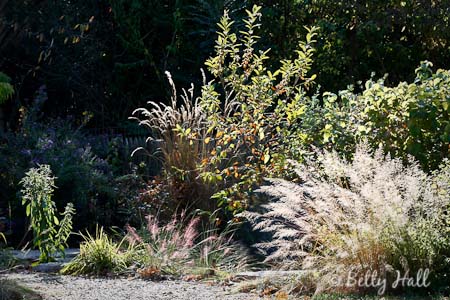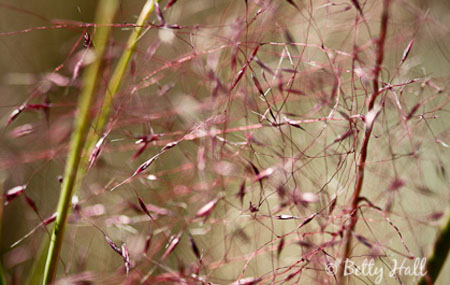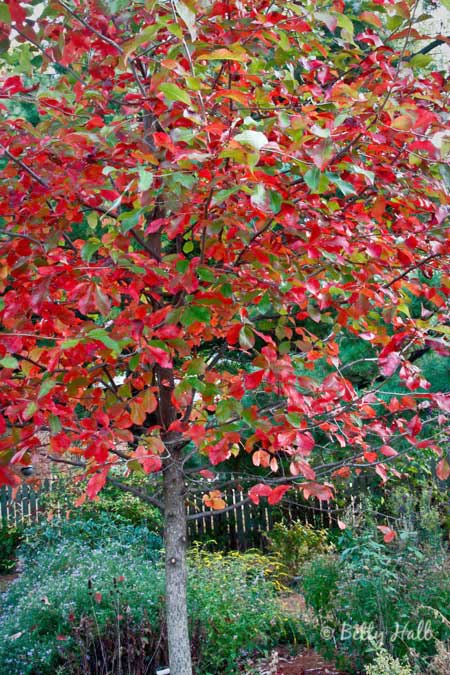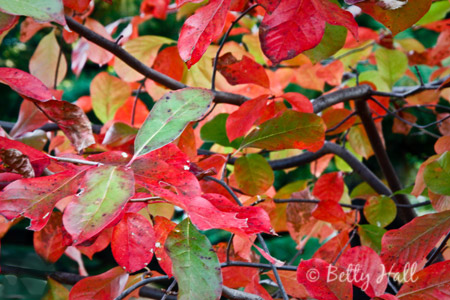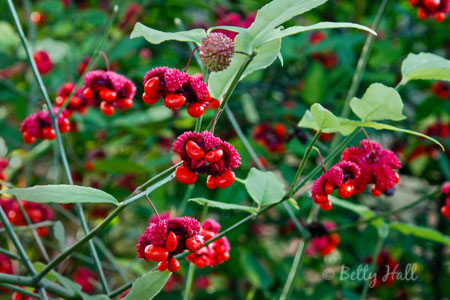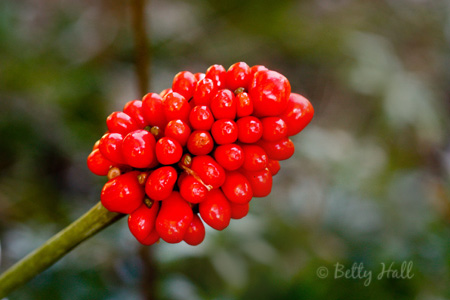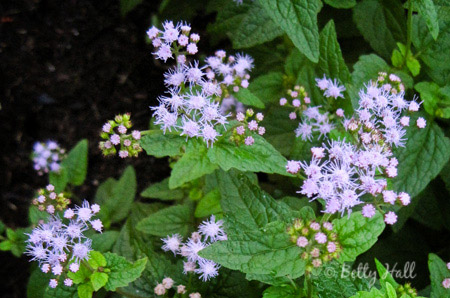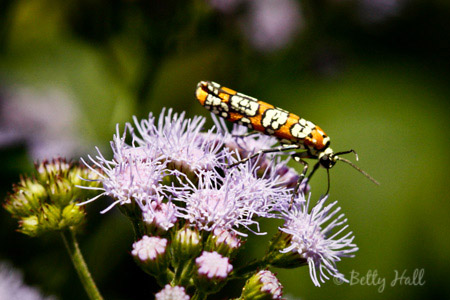This was the view from the dining room window this morning. I was enjoying the sun on the prairie dropseed (bottom right) and Indian grass (left of middle). Then I noticed the the soft pink blooms of the muhly grass (Muhlenbergia capillaris).
What a delightful, unexpected surprise! It’s a new plant and when I looked at it recently I saw no sign of it blooming. I was thinking it might need to be replaced. Now I’ve decided it’s a keeper.
The bloom appears airy and delicate and reminds me of pink cotton candy – a bit of magic in the garden. I’m glad it’s proving to be sturdy and drought tolerant – the backyard is sooooo dry right now.
I am quite fond of my native grasses. I like the way they catch and change with the light and how they bend with the wind. It’s nice to know they will still be around when the summer flowers are gone.

